YouTube Video History Monitor and Notifier for Chrome
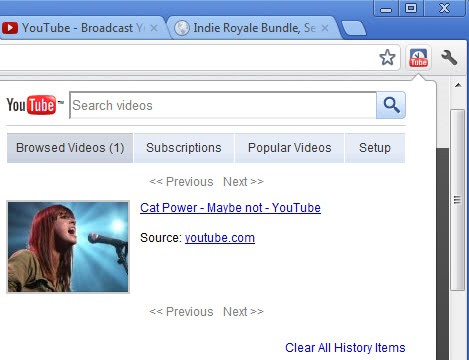
With so many YouTube extensions available for all web browsers, it is hard to come by an original add-on that brings something to the table that the majority of extensions do not offer. Video History for YouTube is such an add-on. The Google Chrome extension combines several features under its hood, of which the video history monitor is without doubt the most interesting.
Once you have installed the extension it adds an icon to Chrome's address bar. Part of the extension's functionality works right after installation. Whenever you visit a page with a YouTube video, it will automatically be added to the extension's video history listing. The author has designed the extension to pick up embedded or playing videos automatically when the pages they are embedded on are accessed. This works well for some websites, like the YouTube website, and not at all on others unfortunately were embedded videos, even if you start playing them, are not picked up by the extension at all.
Video History for YouTube
But saving the videos that you come upon on the Internet is just one of the features of the extension. While you could keep it at that, you could also enter your YouTube username, or the username of a user you follow, in the setup tab of the extension. It will then pull subscription information, and a list of videos that have been uploaded by the user, and display those information under the subscriptions tab. New videos uploaded to subscribed channels are then highlighted by the extension, just like new videos that were added to the viewing history.
The Chrome extension lastly displays popular videos on the video hosting site as well sorted into weekly, monthly and all time listings.
The two core features, the monitoring of videos that you watch or encounter on the Internet, and information about new videos posted to subscribed channels, make the YouTube video history an interesting extension for YouTube die hards. The developer needs to work on the video detection routine though, as it is currently missing quite a few embedded videos.
Advertisement

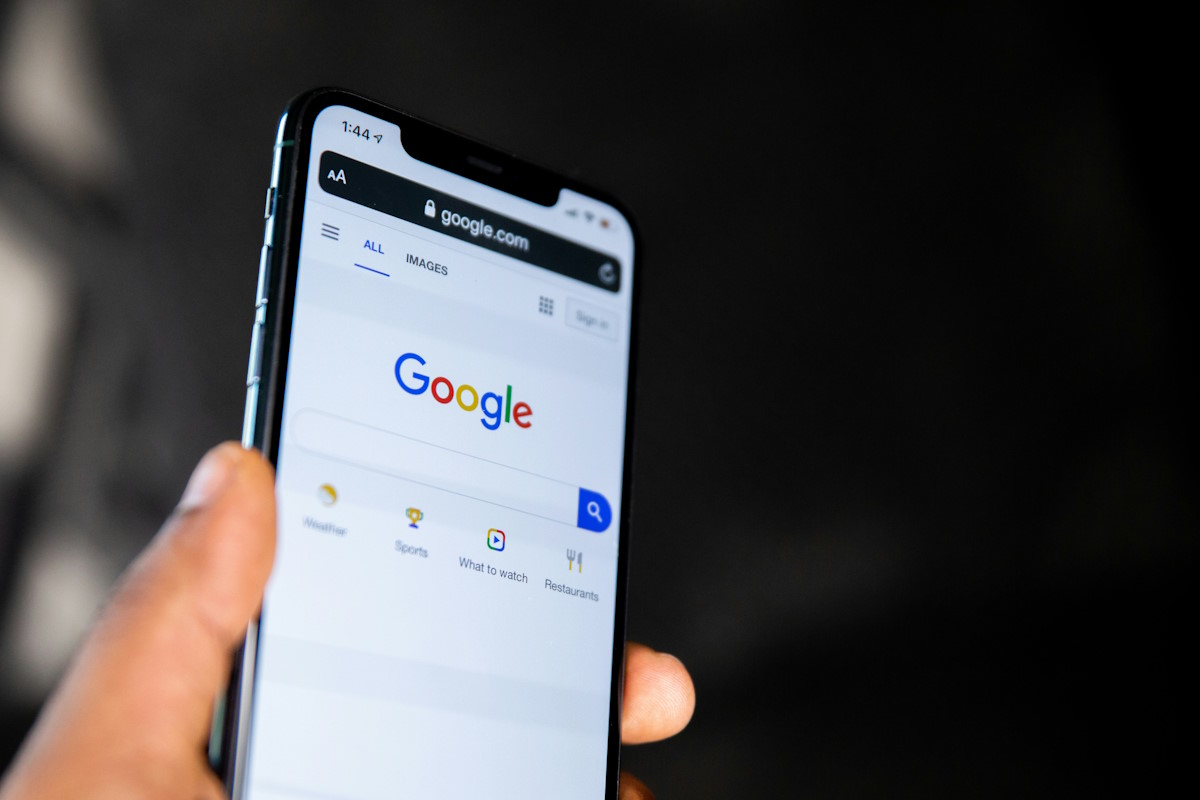


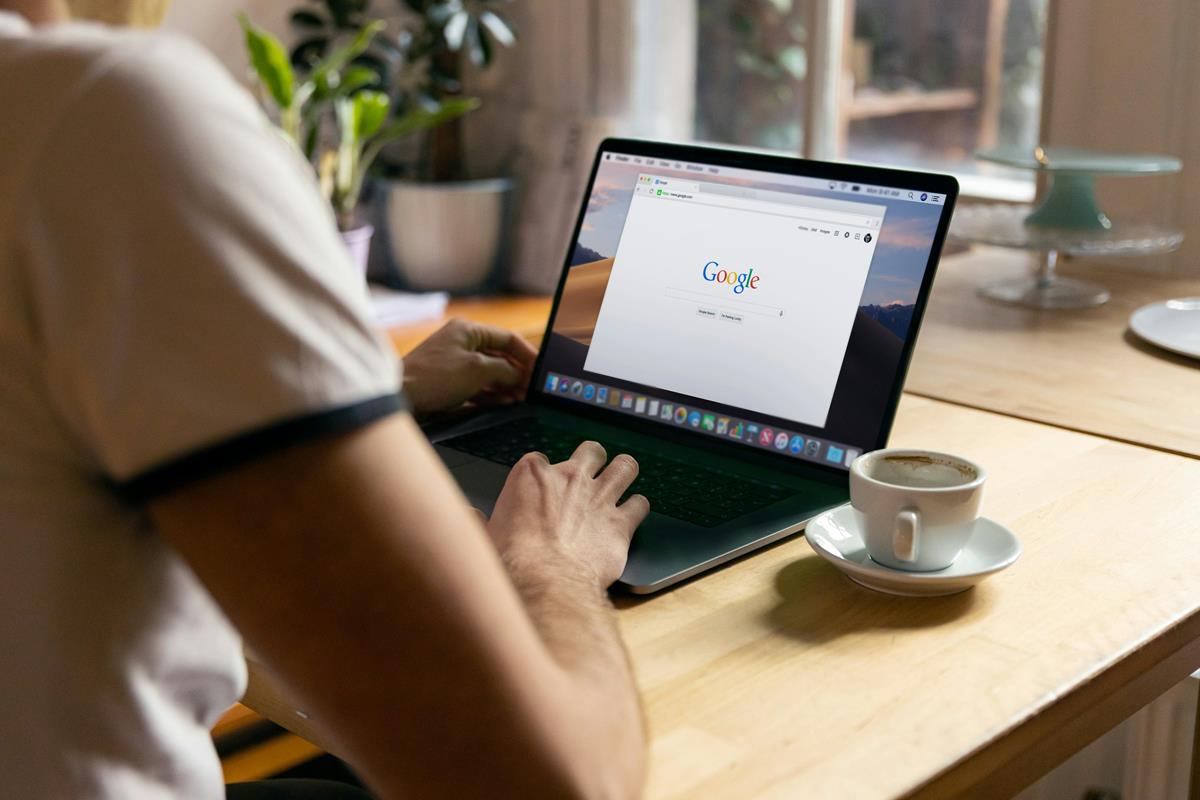

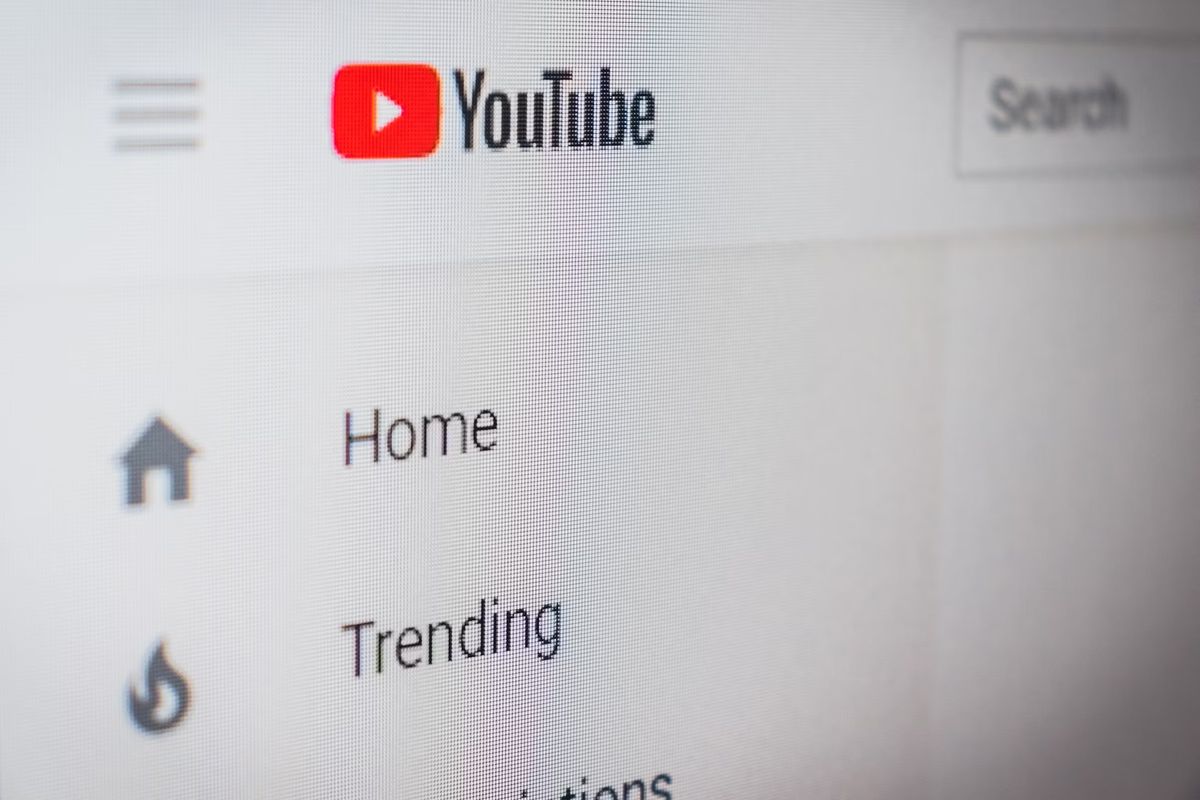
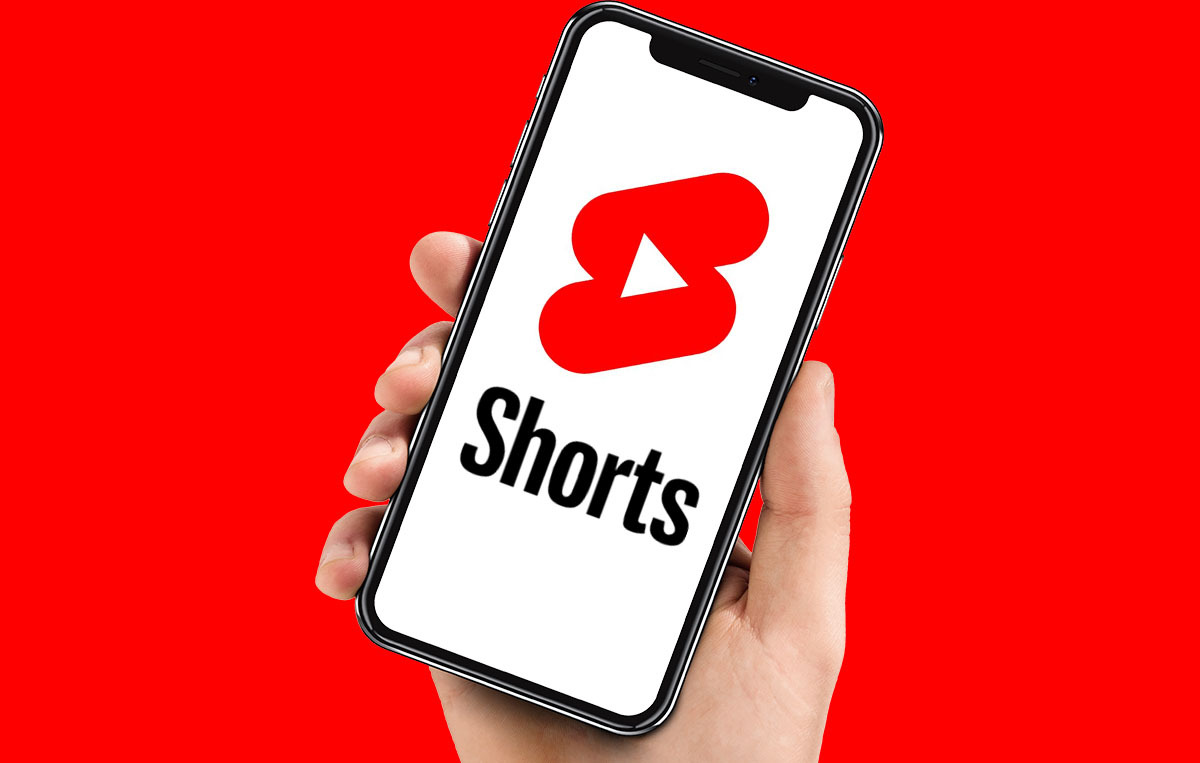

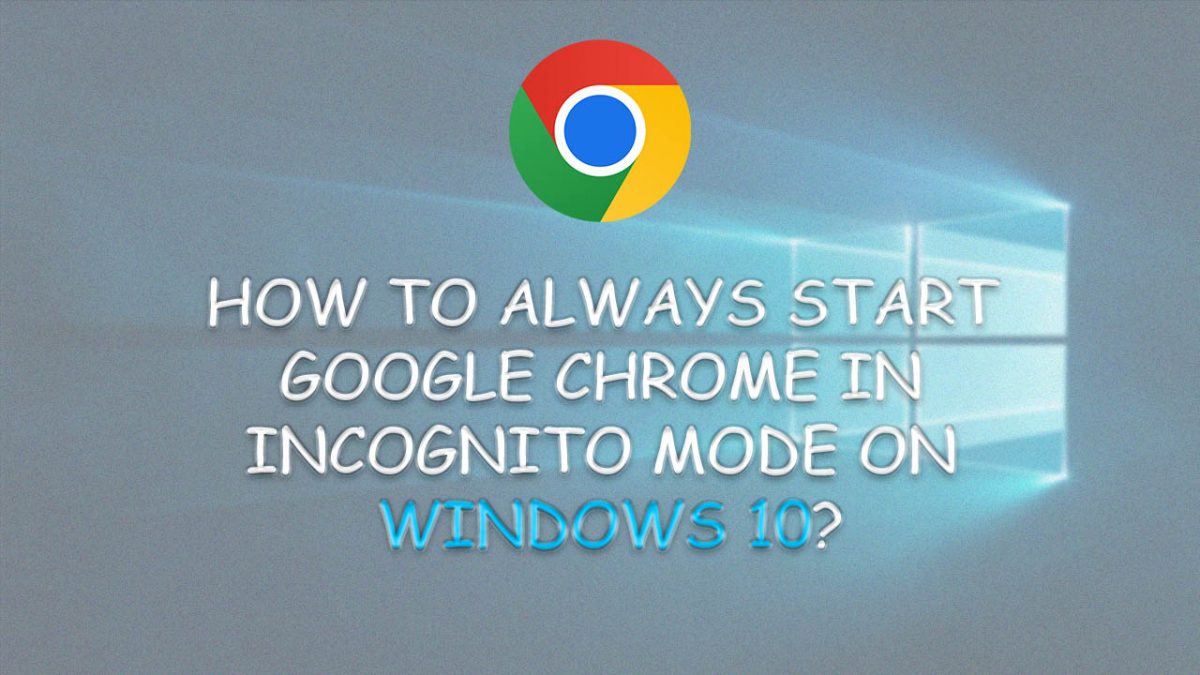










This makes me easy to track my fav videos that i are embedded on a page!!
Worth noting app